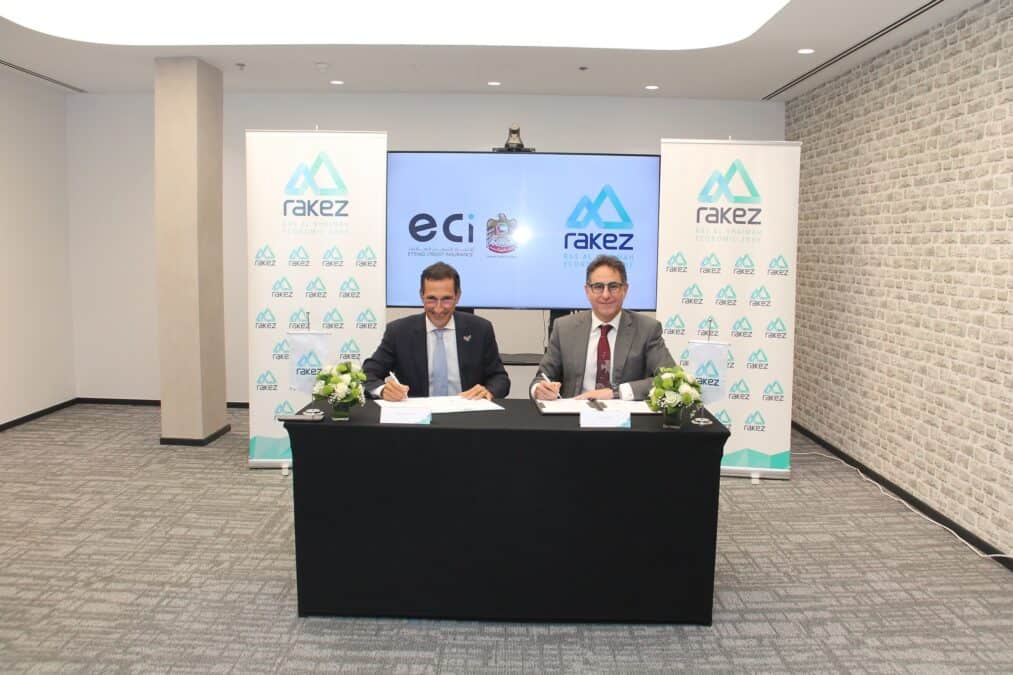DUBAI, UAE — Most GCC insurance markets grew strongly in 2022, as economies recovered from the COVID-19-related slowdown in previous years. Among the key growth drivers in 2022 were the introduction of new medical coverage and some inflation-related tariff adjustments.
However, given the challenges that the economy has faced over the last two years, the outlook for the insurance industry is slow. According to S&P Global Ratings (S&P), the expansion of infrastructure investment and medical insurance coverage will continue to drive premiums in 2023, albeit at a slower pace than in 2022.
S&P credit analyst Emir Mujkic says in the report, titled “GCC Insurers In 2023: Strong Growth And Lacklustre Earnings Could Squeeze Capital Buffers”, that although premium incomes rose, profitability declined in most GCC markets in 2022.
“For 2023, we expect a modest uptick in earnings if insurers continue to reprice underperforming business. Higher investment returns following an increase in interest rates should also support earnings,” said Mujkic.
The combination of strong premium growth, relatively modest earnings, and ongoing high costs to meet new accounting standards and other regulatory demands will most likely erode capital and solvency buffers, the report mentioned.
As markets become more fragmented, S&P anticipates that many small and midsize insurers will bear the brunt of the consequences.
“While we expect the ratings on larger and higher-rated insurers in our portfolio to remain broadly stable, the credit strength of many smaller to midsize players could weaken, leading to further capital raising and consolidation in the sector,” Mujkic added.
S&P also anticipates that regional authorities will continue to encourage the development of the insurance sector by introducing new mandatory coverage, and that GCC markets will expand at a moderate pace in 2023. However, they expect GWP growth to slow to a more sustainable level than in 2022.
Furthermore, high competition in most markets is expected to ease slightly by 2023. According to S&P, while insurers in most GCC markets will maintain net combined ratios of 90 percent-95 percent, underwriting results and overall profitability in Saudi Arabia are expected to improve but remain relatively weaker in comparison to other markets.
The two largest markets in the region saw double-digit business growth in 2022, though total shareholders’ equity only grew by about 3 percent in Saudi Arabia while remaining flat in the UAE during that time.
Saudi Arabia
According to S&P, Saudi Arabia became the largest insurance sector in the region in 2022, thanks to the strong increase in GWP. This was backed by the kingdom’s rapid economic recovery, the expansion of mandatory medical covers, the introduction of the inherent defects insurance (IGI) scheme, and other initiatives.
However, underwriting profitability remained weak in 2022, with about two-thirds of insurers reporting underwriting losses. An increase in motor and medical claims to pre-pandemic levels, coupled with high competition and claims inflation, were among the key drivers of the sector’s weak performance.
The consulting firm project some improvements in underwriting results in 2023, as it expects insurers to continue to reprice underperforming accounts. Nevertheless, the net combined ratio will remain weaker than in other GCC markets. That said, it believe that higher yields on cash and fixed deposits, which are the main investment instruments for Saudi insurers, will support earnings overall.
Over the past five to six years, the number of active insurers in the Kingdom reduced by almost 20 percent–to 28 from 34. This consolidation trend is expected to continue in 2023.
The UAE
Favorable economic conditions, higher oil prices, a relaxation of visa requirements, and other positive structural changes over recent years have spurred growth in the insurance sector.

The repricing of lossmaking motor and medical accounts was also a factor that drove growth in 2022. Ongoing economic growth and local authorities’ plans to extend mandatory health insurance cover to the Northern Emirates in early 2023 will support premium growth in the UAE.
S&P estimates that overall underwriting results declined in 2022 mainly driven by higher operating costs and expected lower reinsurance commission income. As a result, the market’s net combined (loss and expense) ratio to about is estimated to increase 93 percent in 2022 from around 90 percent in 2021, and to settle at around 93 percent.
Some mergers were observed among underperforming Takaful players in the UAE in 2022. However, high competition and the need for scale to dilute high costs will likely lead to further consolidation among Takaful and conventional insurers in 2023.
Qatar
Qatar’s compulsory health insurance law was expected to take effect in May 2022, but has been delayed several times. Under the law, all foreign visitors, residents, and workers in the country will have to hold medical insurance for the entire duration of their stay, unless they are exempt.
As of Feb. 1, 2023, the first phase was implemented, requiring visitors to purchase a health policy at a premium starting from US$ 14. However, according to S&P, this will not be a material contributor to premium growth.
The larger part of the scheme could generate US$ 274.5 million to US$ 412 million in additional GWP in the coming years. When implemented, the sector will likely see a spike of new business, leading to 15 percent-20 percent in additional premium growth above our current base-case.
According to S&P, the industry’s net combined ratio will be around 86 percent in 2022, with most listed companies returning strong technical profits. Estimates of a combined ratio of 90 percent-93 percent in 2023, as the portion of medical business with lower profit margins expands.

